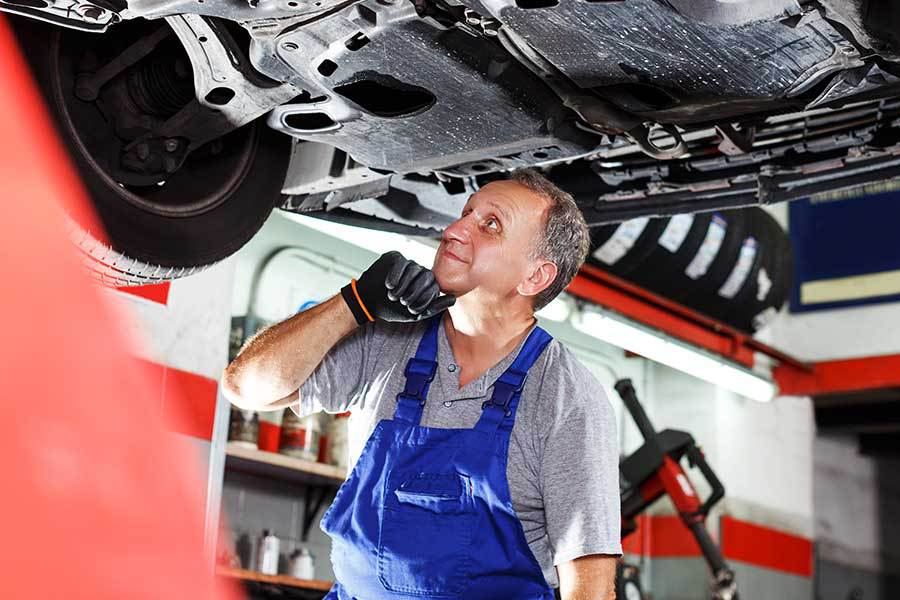The sheer amount of tire changer and tire changer parts that exist can make choosing the best options for your shop seem like an overwhelming prospect. From Corghi to Ranger, each manufacturer has their strengths and limitations that can make or break that particular option for your shop. At SVI, we have a wide range of experience with many types of tire changers that we would like to share with you. By the time you are finished reading, you should have enough information to be able to make a better decision regarding the best tire changer and tire changer parts for your auto shop.
Type and Size of Wheels
The first differentiator you should consider is the typical type and size of the wheels you most frequently work with. Are your clients mostly driving sedans and smaller daily driving trucks, or do you work with larger vehicles that would require larger tire changer parts? Answering that question will help you make the first step towards making the best decision.
One additional consideration is whether or not you would like to specialize in catering to a certain type of tire. For example, if you choose to work with run flat tires, you will require a separate kind of tire changer. Run flat tires allow the operator to continue driving the vehicle even on flat tires until they can be replaced. Those special tires often require a different type of equipment than traditional tires typically would.
Price
Another huge factor in finding the best tire changer for your shop needs will be its price. Consider not only what your shop can currently afford, but what it will likely be able to afford in repair parts and maintenance down the road. While cheaper tire changers may lower up front costs, consider how the maintenance costs will add up with a lower quality product.
Assumption of Risk & Safety
There are many different types of tire changers that have some way of mitigating the amount of risk involved with a tire change, for both your employees and the tires being worked on. That being said, one of the better options is a tilt back tire changer. For inexperienced staff members, these types of changers provide less risk of damaging tires.
Air vs. Electric
While there are certainly benefits of both options of tire changers, electric models still typically take the win in terms of convenience and expense. That being said, always consider which type of tire changer will be best suited to your specific auto shop’s needs. Just because electric options are cost effective, does not mean they will be effective in all types of shops or garages.
Change Your Part Provider to SVI
While deciding which tire changer to select, choosing the right tire changer part provider is a no brainer. SVI International is the lead provider of repair parts for automotive lifts and industrial equipment, including all brands and types of tire changers. With over 40,000 products, we offer the most diverse and widespread selection of shop equipment parts, meaning you will never have to go anywhere else to get the exact part you need.
Contact our team today and let us know how we can help you choose the best tire changer and tire changer parts for your unique needs.

